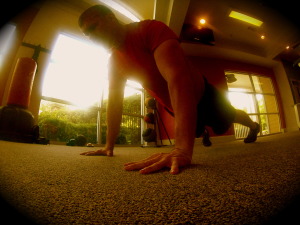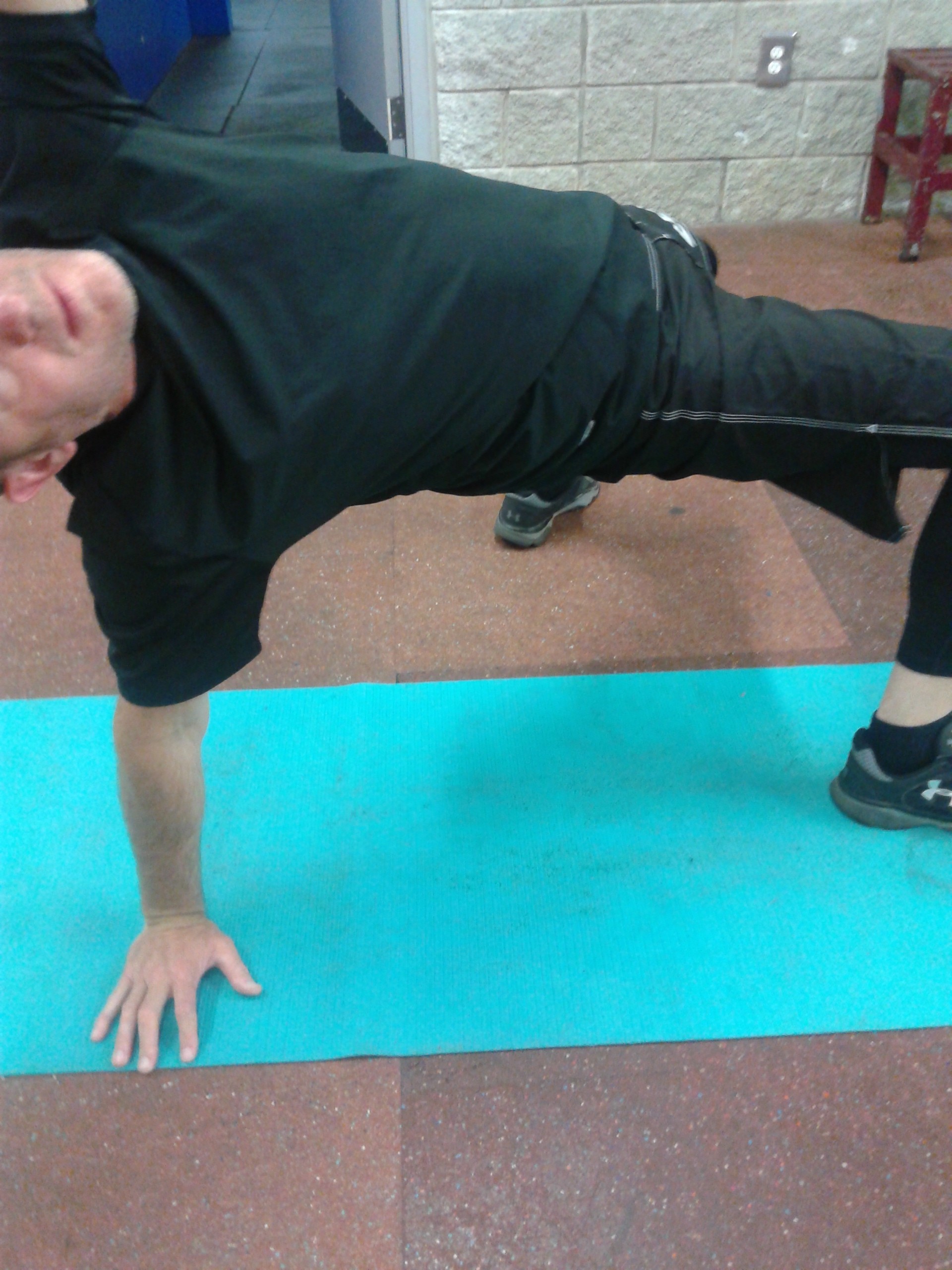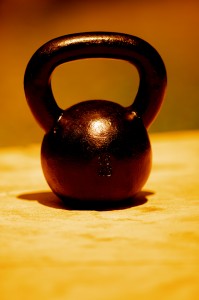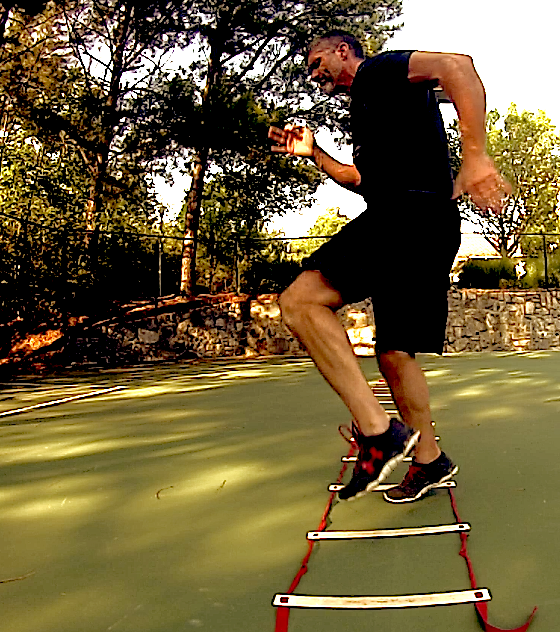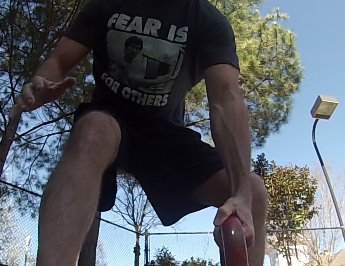
Maximum Strength: The Benefits Of Anti-Pattern Strength
So what is anti-pattern strength? In short an anti-pattern movement is one that often encompasses having to brace the body at it’s center mass while maintaining a neutral spine position. The movements of flexion, rotation, and extension are kept in check by maintaining the braced neutral position of the spine during an anti-pattern exercise. In short anti-pattern is about resisting movement through the act of bracing and controlling the body during a given exercise.
The Benefits Of Anti-Pattern Strength
Anti-pattern strength development serves as a great prerequisite for getting an athlete or trainee ready for more dynamic movement. In simple terms by enhancing the development of anti-pattern strength we can teach a respective trainee or athlete how to brace their center mass by focusing on creating a significant level of static strength. This bracing is significant for creating force and tension to resist movement as much as it is for creating dynamic movement.
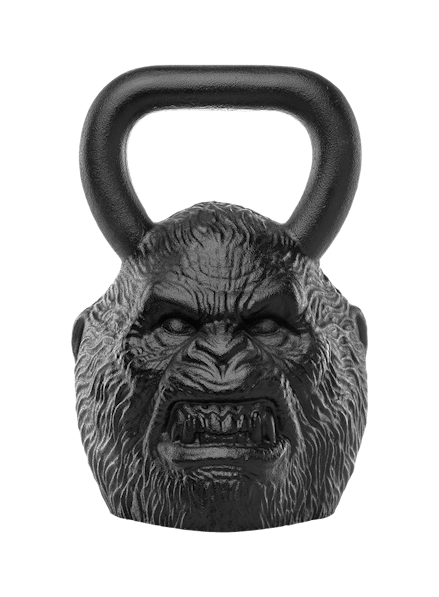
Of course there are several ways to go about doing this and depending on the trainee(s) involved there are many approaches to take in introducing anti-pattern strength movements. One more recognized way of developing a tremendous level of static core strength that would qualify as an anti-pattern exercise would involve static planks.
Now for me I prefer to focus on creating maximum force and tension as the primary factor in developing static strength rather than stressing the element of time. Endurance is fine, but ultimately I want the trainee to perform planks by bracing his or her midsection and producing as much tension as possible throughout the body in order to hold the plank position. Granted this can be done either on the elbows, in a push up position, or with the knees on the floor if necessary.
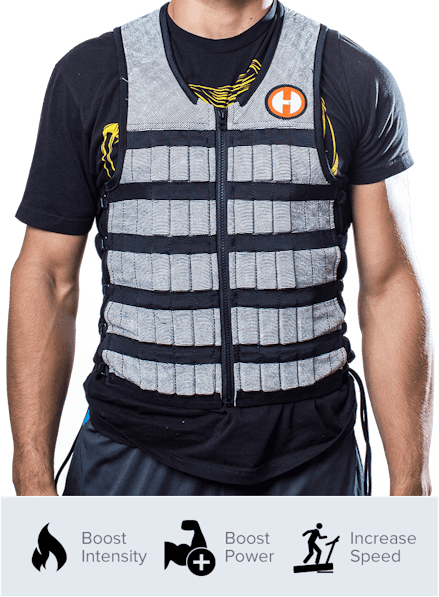
Once the trainee has established a significant level of static strength in the plank position then the ability to maintain static control and stability of the spine and midsection can be further challenged by introducing planks that involve movement from the extremities. Here we can force the individual participant to still maintain a strict prone neutral spine position while dragging a weight across the body. This can be seen here with prone dumbbell/kettlebell drags.
Additional anti-pattern strength development can be reinforced in the standing position as well. A practical and functional way to do this would involve walking while carrying a weighted object. One common practice for doing this is by utilizing variations of farmer’s walks to force us to brace our midsection and to fight against the weight of a load while moving.
As I stated earlier developing the ability to brace the body at the midsection enhances the trainee’s ability to create more stability. This is even more beneficial as we introduce the trainee to more and more dynamic movements.

Additionally this is of tremendous benefit to competing athletes due to the fact that often times in the middle of a sport and competition athletes must hone their skills to create stability in an environment that constantly introduces moments of instability. Due to the demands of sport this is essential and will not only help to excel the athlete’s performance, but it will also help the athlete to be more resistant to injury.
Another great anti-pattern movement is the single arm kettlebell or dumbbell row. In this video I am demonstrating a preferred variation of this movement that I like to employ without the use of a bench for added stability. Although the row itself is dynamic with this version I am supporting myself completely with my center mass and standing with a firm base of support with my feet about hip width apart. This really challenges one’s core stability in order to pull the weight while resisting rotation at the trunk.
In Closing
In closing trainees must also come to recognize what the proper neutral spinal position entails and to be able to hold that position during moments that demand bracing at the midsection. This level of static strength should be at the forefront of a coach’s program when looking to enhance a trainee’s physical development.
I hope you enjoyed today’s post. Please post up in the comment section below to tell us about your anti-pattern strength development. Stay strong and keep training smart.
Related Articles:
Advanced Plank Variations For Serious Gainzzz
Bodyweight Exercises You’d Be Crazy To Ignore
Emphasize Your Athletic Fitness
Get Free Updates And Training Guides Here

